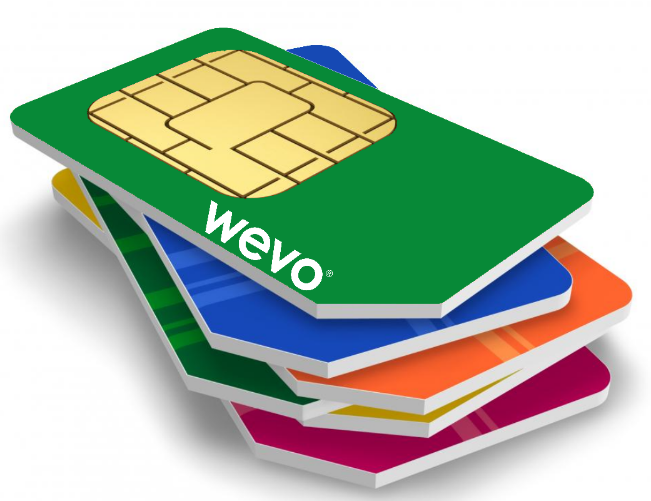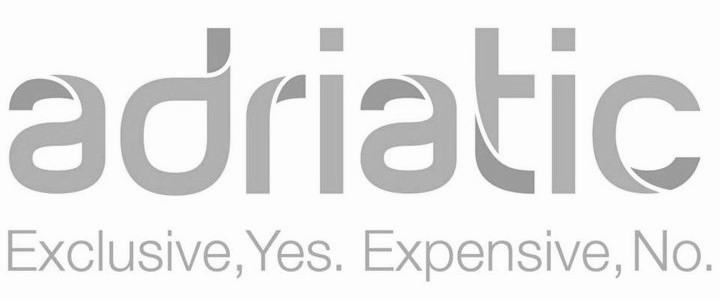In today’s fast-paced business environment, effective communication is the foundation of collaboration, productivity, and customer satisfaction. Whether supporting internal teams or customer-facing call centers, a Unified Communications (UC) platform must provide a seamless experience, ensure compliance, and enhance security. Selecting the right UC solution isn’t just about features—it’s about delivering a frictionless and reliable communication experience that supports business growth.
The Role of Customer Experience in UC Selection
A Unified Communications platform serves as the backbone of corporate communication, so ensuring a positive customer and employee experience is paramount. Here’s why:
- Ease of Use for Employees and Customers – If a platform is complicated, adoption rates drop. Employees need intuitive interfaces, seamless call handling, and effortless collaboration tools. Likewise, customers should be able to connect with businesses without struggling through inefficient communication paths.
- Reliable Call Quality and Network Resilience – Downtime, dropped calls, and poor audio disrupt productivity and damage brand trust. High-definition voice and low-latency video ensure smooth interactions for both internal collaboration and customer engagement.
- Flexibility for Hybrid Work and Mobility – Modern teams work from offices, homes, and mobile devices. A UC solution that supports multi-device connectivity, omnichannel engagement, and cloud-based access enables businesses to remain agile and accessible from anywhere.
Unified Communications for Call Centers: Compliance, Transcription & Recording
For call centers, compliance isn’t optional—it’s a necessity. The right UC platform must support call recording, transcription, and regulatory compliance, ensuring organizations meet industry standards while delivering high-quality customer service.
- Automated Call Recording – Capturing conversations for training, dispute resolution, and audit purposes ensures transparency and accountability.
- Real-Time AI-Driven Transcription – Automated transcription allows teams to review conversations, extract insights, and maintain accurate records without manual intervention.
- Regulatory Compliance – Whether GDPR, HIPAA, PCI-DSS, or industry-specific mandates, businesses must maintain secure, auditable records to protect customer data and avoid legal risks.
Security, Risk Management & Compliance in UC Platforms
With cyber threats escalating, UC platforms must go beyond basic communication tools—they need robust security measures to safeguard sensitive conversations and prevent breaches.
- End-to-End Encryption & Secure Access – Security features like multi-factor authentication (MFA) and data encryption ensure communication remains private and protected from unauthorized access.
- Compliance & Risk Mitigation – Industries with stringent regulations must choose UC solutions that align with security protocols, reducing liability and ensuring compliance audits pass smoothly.
- Cybersecurity Resilience – As cyber threats grow more sophisticated, Managed Detection and Response (MDR) is essential for protecting UC platforms. MDR offers 24/7 monitoring, rapid threat detection, and expert-led incident response, ensuring uninterrupted communications.
Final Thoughts: Unified Communications as a Competitive Advantage
A Unified Communications platform is more than a communication tool—it’s a strategic investment that enhances efficiency, customer satisfaction, security, and compliance. Organizations that prioritize customer experience, seamless interactions, call center compliance, and cybersecurity resilience position themselves for success.
Choosing a UC solution isn’t just about selecting the most feature-packed platform—it’s about ensuring reliable, secure, and scalable communication that supports growth and builds trust with employees and customers alike.































